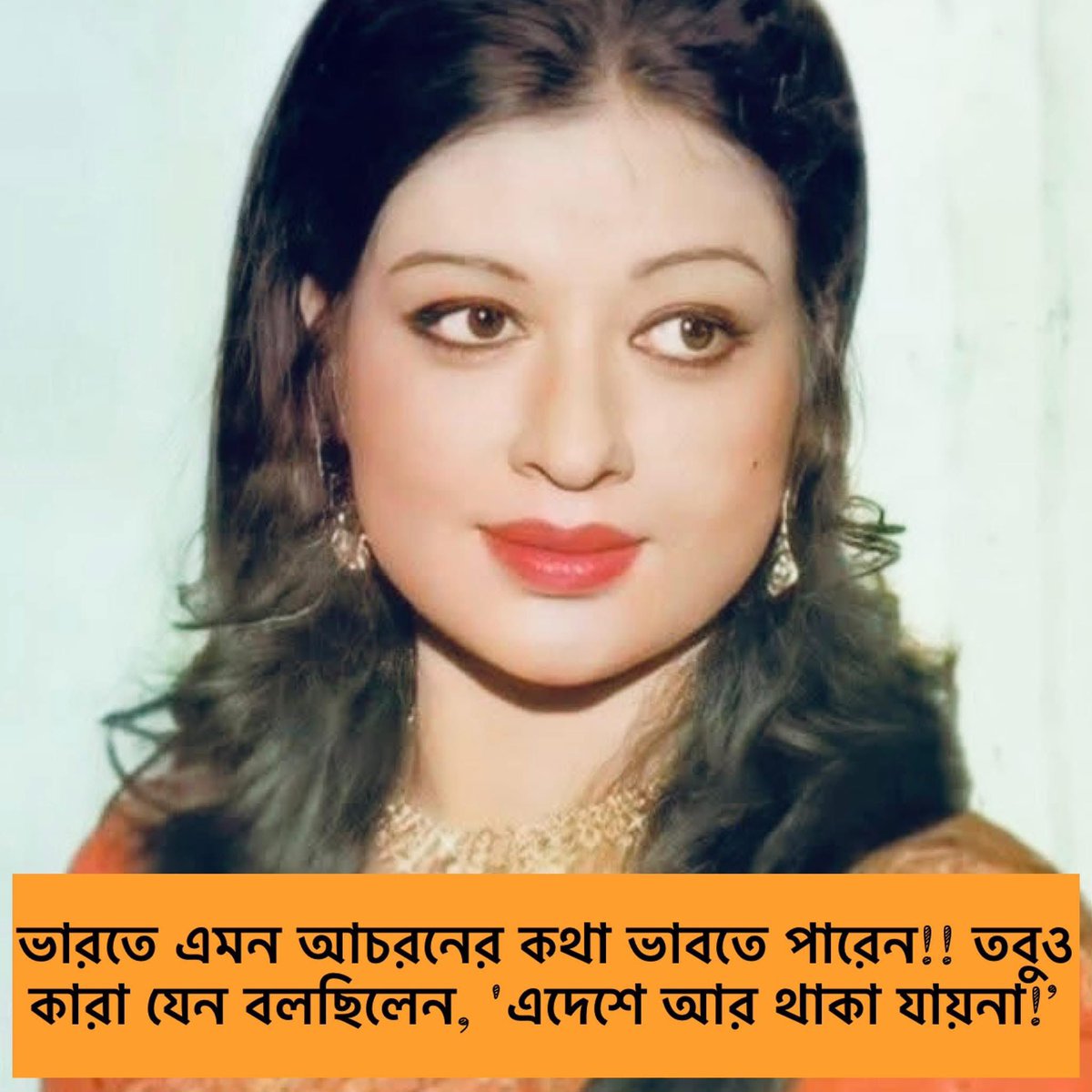The painting represents the court of Rani Rudramma of the Kakatiya dynasty meeting Marco Polo, who was representing the Mongol king Kublai Khan (13th c. CE).
Painter is Prabhat Mohan Bandyopadhya (1904-1987).
(Contd in the thread below)
@IndiaArtHistory @LostTemple7
Painter is Prabhat Mohan Bandyopadhya (1904-1987).
(Contd in the thread below)
@IndiaArtHistory @LostTemple7

Marco Polo is shown accompanied by Chinese and Mongol representatives, and they are carrying gifts of silk and Chinese pottery.
Here the Rani and her throne has been painted based on the image of Indrani in Ellora.
Here the Rani and her throne has been painted based on the image of Indrani in Ellora.
The two huge gold makaras are based on the two makaras seen on top of Yamuna in Ellora. The queen’s crown shows the Nataraja carved in emerald, which depicts her as a Shaivite.
Marco Polo‘s clothes have been painted based on old paintings of Venice people, and the Chinese and Mongol dresses are based on old paintings of those places. The court has been based on pictures by Fergusson of Warangal temples and of Chakukyan temples.
Rani Rudramma was a famous warrior queen of the Kakatiya dynasty. Her father Raja Ganapatideva handed over his throne to her In 1262. In 1289 Rudrammadevi dies in a battle along with her loyal Senani Mallikarjuna Nayakudu.
• • •
Missing some Tweet in this thread? You can try to
force a refresh























